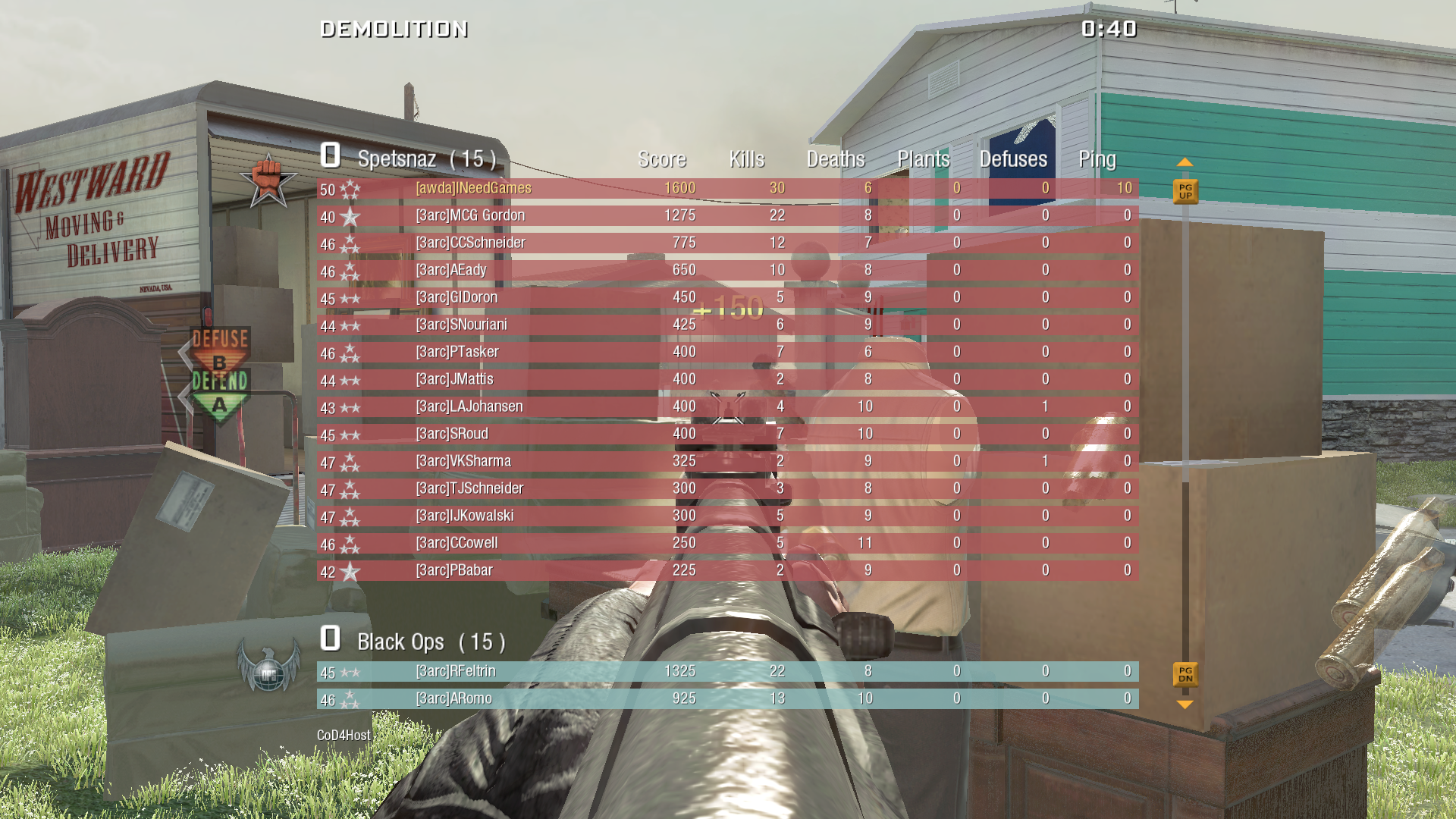
Firstly, you need to have a reverb on the channel you want to use. This method has become increasingly popular and I’ll explain briefly how to do it. Reverse Reverbs In-Between Phrasesĭo you sometimes find that your drops seem a little empty? Well, one way to fill up this space is by automating your reverb on the lead channel. Here I have automated the gain so the buildup is at -3dB and the drop hits at -0.1dB.

This technique can be applied to other drums too, for example the snares. By breaking down the kick into these layers we can gain further control over the frequency range that the kick will cover, and by covering a larger frequency range, the kick will sound bigger. The sub layer (that is the layer consisting of the lowest frequencies and therefore the layer we ‘feel’ during playback) the mid layer (the body of the kick) and then the top layer (the high frequency click sound that will help the mix cut through). We can break the kick down into three layers. Whether it’s kicks, snares or whatever you’re planning to put in your drop - layering drums is a massive way to help add weight to your music. Please note that some of these methods will work better for certain genres than others but with that being said let’s get into the good stuff! 1. Remember, I am also available for one-to-one music production tuition at DJ Gym Oxford, UK but also online! You can learn with me from anywhere in the world.


this is one of the most common issues for music producers of all genres and in this blog entry I intend to offer you some helpful methods to help make your drops sound bigger, more interesting and generally just better! Ever wondered why your drop lacks the punch that your reference tracks have? Or why it just doesn’t stand out from the rest of your track as much as you’d like? Well fear not. Music Production Tips: 7 Ways To Improve Your Drops!


 0 kommentar(er)
0 kommentar(er)
